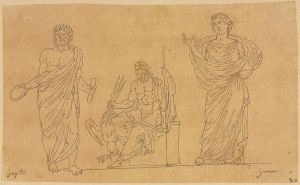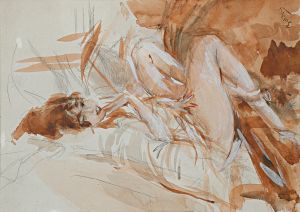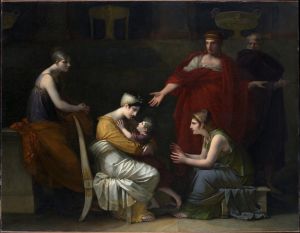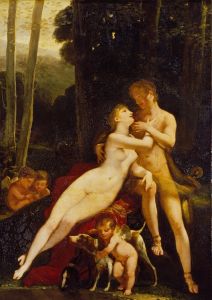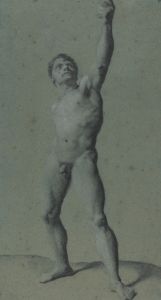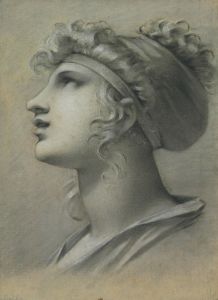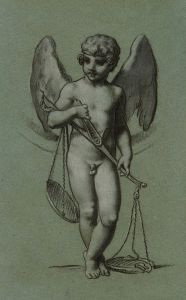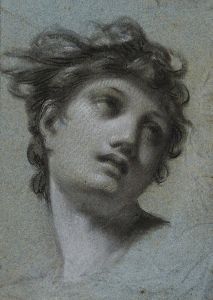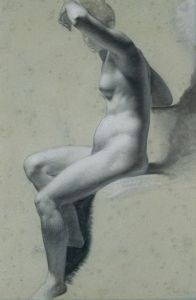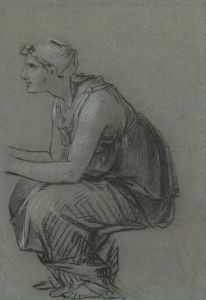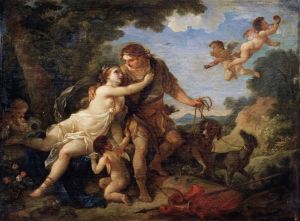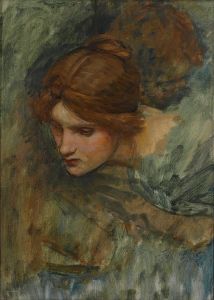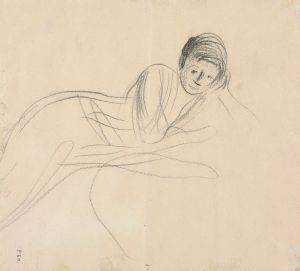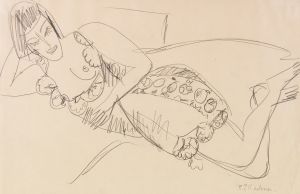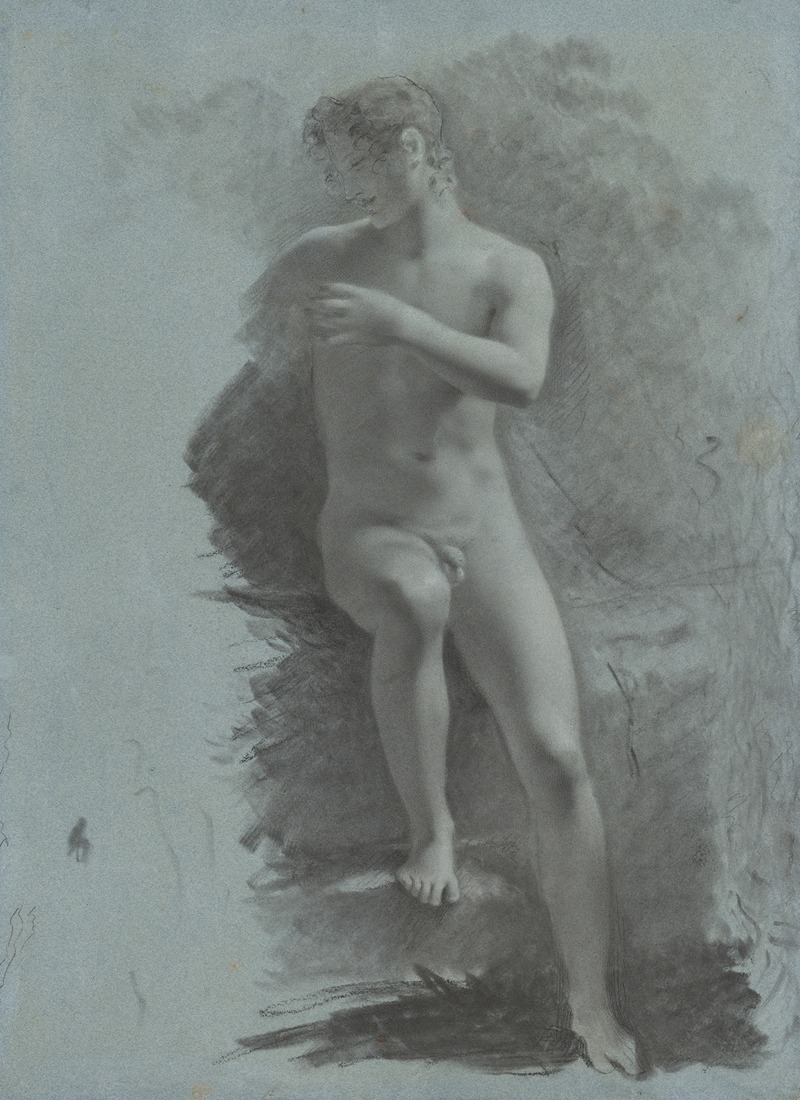
Adonis
A hand-painted replica of Pierre-Paul Prud'hon’s masterpiece Adonis, meticulously crafted by professional artists to capture the true essence of the original. Each piece is created with museum-quality canvas and rare mineral pigments, carefully painted by experienced artists with delicate brushstrokes and rich, layered colors to perfectly recreate the texture of the original artwork. Unlike machine-printed reproductions, this hand-painted version brings the painting to life, infused with the artist’s emotions and skill in every stroke. Whether for personal collection or home decoration, it instantly elevates the artistic atmosphere of any space.
Pierre-Paul Prud'hon was a French Romantic painter known for his graceful and poetic style, which often drew comparisons to the works of earlier masters like Leonardo da Vinci and Correggio. His painting "Adonis" is one of his notable works, though specific details about this particular painting are not extensively documented in art historical records.
Prud'hon was born on April 4, 1758, in Cluny, France. He studied in Dijon and later in Paris, where he was influenced by the neoclassical style that was prevalent at the time. However, Prud'hon developed a unique style that combined elements of neoclassicism with a softer, more romantic approach. This style is evident in his depiction of mythological and allegorical subjects, where he often infused a sense of emotion and dreamlike quality.
The myth of Adonis, a figure from Greek mythology, is a popular subject in art. Adonis was a handsome youth loved by the goddess Aphrodite (or Venus in Roman mythology). His story is one of beauty, love, and tragedy, as he was ultimately killed by a wild boar during a hunt. This mythological narrative has been a rich source of inspiration for many artists, who have depicted various moments from Adonis's life, particularly his relationship with Aphrodite and his untimely death.
While specific details about Prud'hon's "Adonis" are scarce, it is likely that the painting reflects his characteristic style, which is known for its delicate use of light and shadow, creating a soft, atmospheric effect. Prud'hon's figures often possess a sense of grace and melancholy, which would be fitting for the tragic story of Adonis. His ability to convey emotion through subtle expressions and gestures would have been well-suited to capturing the poignant aspects of the myth.
Prud'hon's work was highly regarded during his lifetime, and he received numerous commissions from prominent patrons, including Napoleon Bonaparte and Empress Joséphine. Despite his success, Prud'hon's personal life was marked by tragedy, including the mental illness and eventual suicide of his wife, which deeply affected him.
Today, Pierre-Paul Prud'hon is remembered as a master of Romantic painting, and his works are held in high esteem for their beauty and emotional depth. His paintings can be found in major museums, including the Louvre in Paris, which houses several of his masterpieces. Although specific information about "Adonis" is limited, Prud'hon's overall contribution to art history remains significant, as he bridged the gap between the neoclassical and romantic movements, influencing future generations of artists with his innovative approach to composition and expression.





